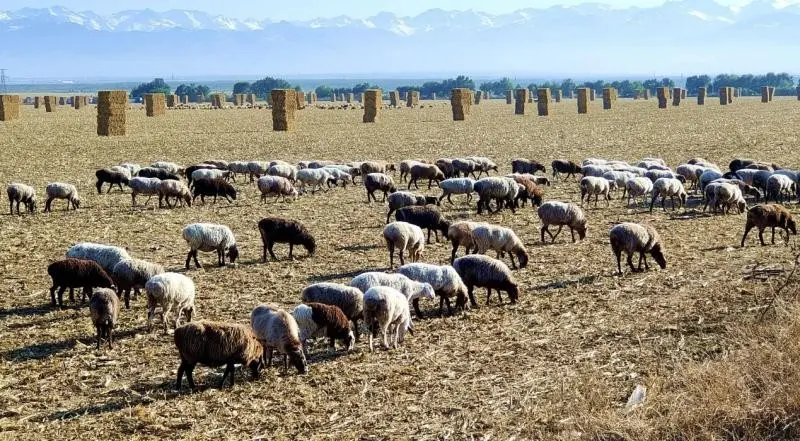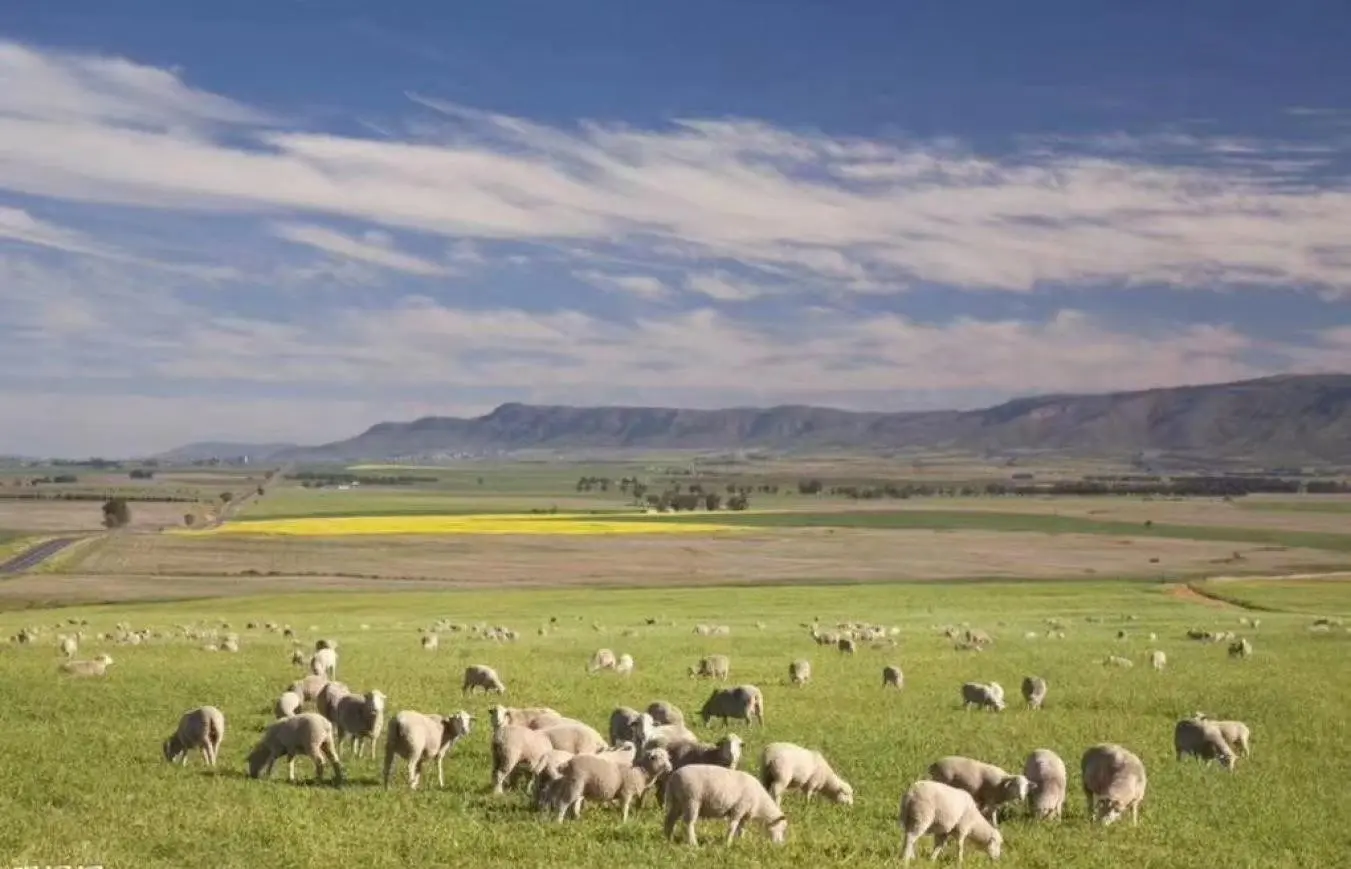Beware of Bluetongue Disease: The "Blue Killer" of Sheep and a Livestock Farmer’s Economic Nightmare
Beware of Bluetongue Disease: The "Blue Killer" of Sheep and a Livestock Farmer’s Economic Nightmare
90% mortality, trade embargoes, and irreversible reproductive damage—what disease could be this devastating?
In the warm, humid days of summer and early autumn, if your sheep suddenly develop high fever, swollen blue tongues, and painful limping, Bluetongue Disease (BT) may be silently wreaking havoc in your flock. This viral disease, primarily spread by tiny biting midges (Culicoides spp.), once caused the death of 179,000 sheep in Spain and Portugal in 1956 and triggered trade bans from 32 countries when detected in Australia in 1977.

🔬 What Is Bluetongue Disease?
- Causative agent: Bluetongue virus(BTV), a double-stranded RNA virus of the Reoviridae family, with 24 known serotypes—each requiring separate immunity.
- Resilience: Can survive for years in 50% glycerin, but is inactivated by 3% sodium hydroxide.
- Hosts: Sheep are most severely affected. Cattle, goats, deer, and antelope may carry the virus asymptomatically.
Origin of the name: Infected sheep often develop bluish tongues due to congested and cyanotic oral tissues.
🌡️ How It Spreads
- Main vector: Culicoidesmidges (blood-sucking insects).
- Other transmission: Infected semen, placenta, and vertical transmission.
- Seasonality: Peaks in humid, warm seasons—especially near stagnant water.
-
Host chain:
- Cattle: silent carriers
- Midges: virus vectors
- Sheep: terminal hosts, most vulnerable
Lambs under 1 year are highly susceptible; recovered sheep can carry the virus for up to 4 months in their blood.
🩺 Symptoms: A Multi-Organ Assault
Incubation: 3–8 days
Clinical progression:
- Fever: Rapid rise to 40.5–41.5°C for 5–6 days
- Oral lesions: Facial swelling, mucosal ulcers, foul-smelling bloody drool, scabby nasal discharge, and breathing difficulty
- Hoof inflammation: Painful swelling → limping → kneeling → hoof rot
- Systemic signs: Weight loss, bloody diarrhea, severe leukopenia
Mortality rate: Typically 2–30%, but outbreaks may reach up to 90%.
Reproductive damage: 20% of infected ewes may produce malformed lambs (e.g., hydranencephaly, cerebellar hypoplasia).
🧪 Diagnosis & Differentiation
Clinical clues: Fever + oral ulcers (non-vesicular) + lameness + leukopenia in warm seasons.
Laboratory tests:
- Virus isolation (from blood/spleen)
- Serology (AGID, virus neutralization)
- PCR for genetic confirmation
Differentials:
- Foot-and-mouth disease (FMD): Vesicles, affects pigs
- Contagious ecthyma: Scabby lips, mild systemic illness
- Sheep pox: Skin nodules, winter/spring outbreaks

🛡️ Prevention and Control
⚠️ No cure—prevention is key!
✅ Vector control:
- Eliminate midge breeding grounds (stagnant water)
- Install insect screens in barns
- Apply insect repellents and regular anti-parasitic baths
✅ Vaccination:
- Live attenuated vaccine: 1-year immunity; not for pregnant ewes
- Inactivated vaccine: Safer for breeding stock
⚠️ No cross-protection between serotypes—use local strain vaccines
✅ Emergency measures:
- Cull confirmed positives
- Restrict movement of seropositive animals
- Ban imports from outbreak zones
- Test frozen semen before use
Supportive care: Oral antiseptics (KMnO₄ or vinegar), iodine-based topical treatments, antibiotics for secondary infections
💰 The Hidden Economic Toll
Bluetongue costs go beyond deaths:
- Miscarriages, malformed lambs
- 15–30% drop in meat yield
- Wool quality degradation
- Long-term productivity loss in survivors
- Trade restrictions and export bans
Recovery takes 6–8 weeks, with stunted growth and poor feed conversion—an economic blow for any livestock operation.
Conclusion
In bluetongue-prone seasons, remember:
🦟 Controlling midges is as critical as controlling the disease.
💉 Vaccination is not optional—it’s a line of defense.
Bluetongue isn’t just about a blue tongue—it’s about the survival of your flock and the stability of your farm.





